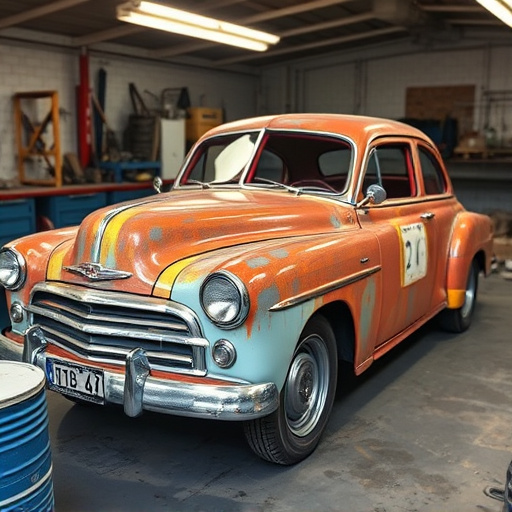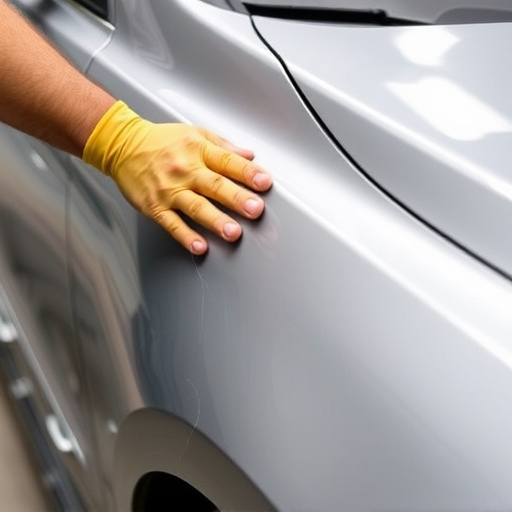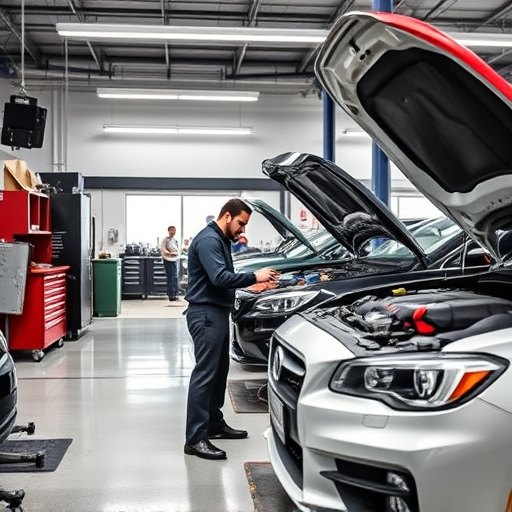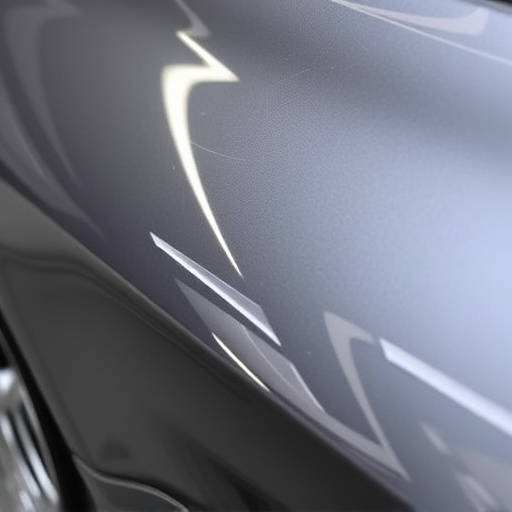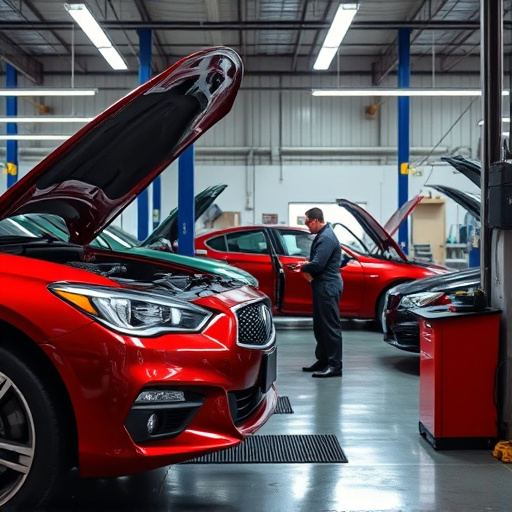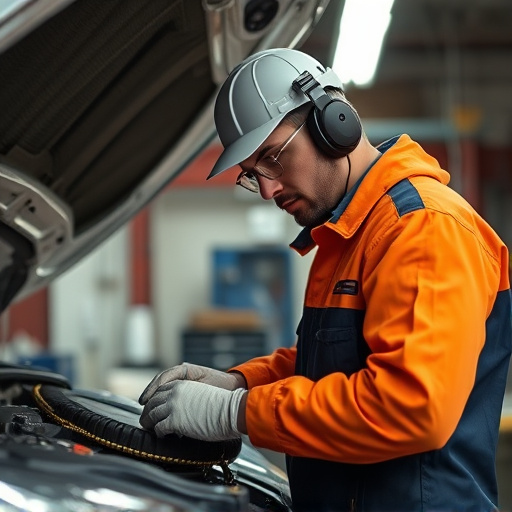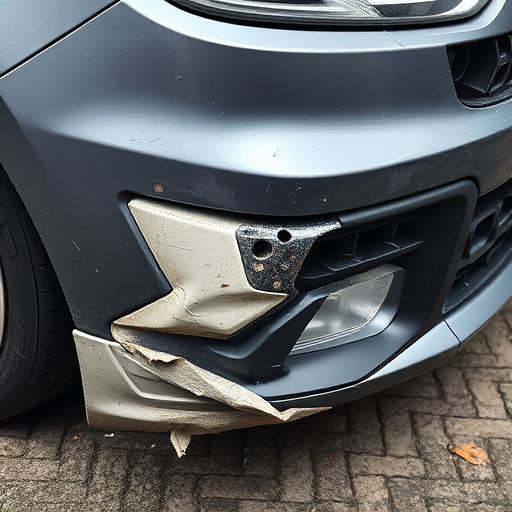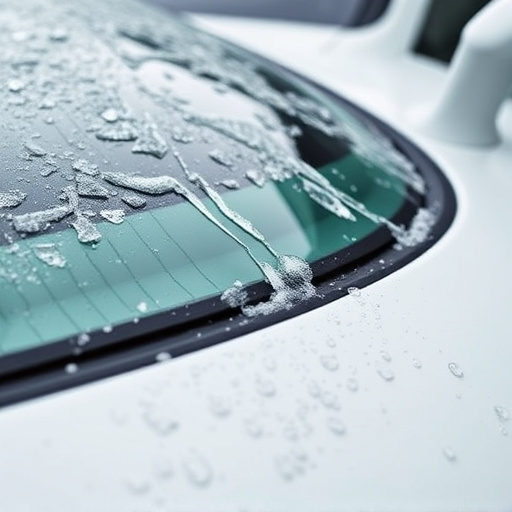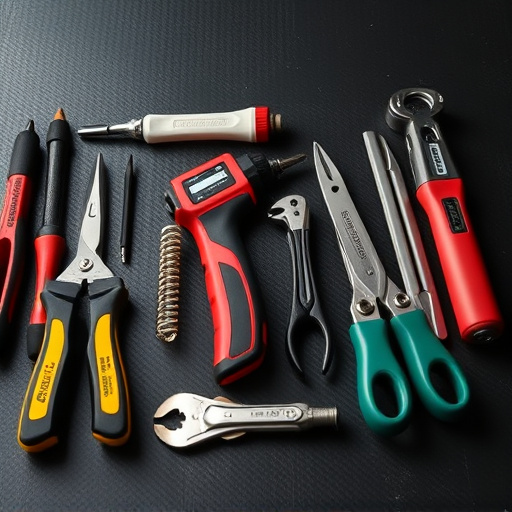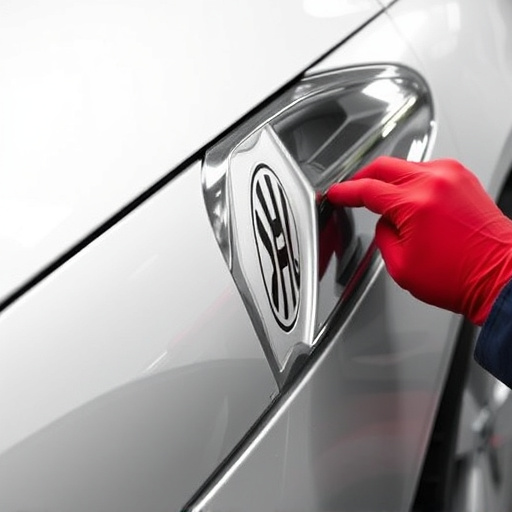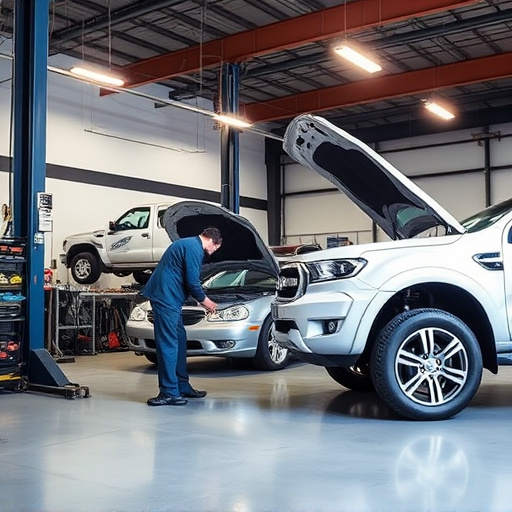Heat damage is a significant challenge in auto body repair, caused by extreme temperatures from processes like welding or painting exceeding metal yield points, leading to warping and structural weaknesses. To combat this, automotive shops employ advanced techniques such as controlled cooling, specialized heating equipment, and precise temperature monitoring. They also use protective coatings, meticulous detailing, and regular maintenance checks to minimize heat damage. Strategic approaches include using heat-resistant materials and staying updated on modern manufacturing technologies, ensuring high-quality, safe repairs with minimal thermal issues.
In the realm of auto body repair, preventing heat damage is a delicate yet crucial task. Heat damage, often unseen, can lead to long-term issues, affecting both vehicle performance and structural integrity. This article delves into the intricate world of heat damage in auto body repairs, offering insights on strategies and best practices employed by leading shops to mitigate these risks. From understanding the causes to implementing future-proofing techniques, we explore effective solutions for a safer, more durable repair process.
- Understanding Heat Damage in Auto Body Repair
- Strategies for Shops to Mitigate Heat Damage
- Best Practices and Future-Proofing Techniques
Understanding Heat Damage in Auto Body Repair
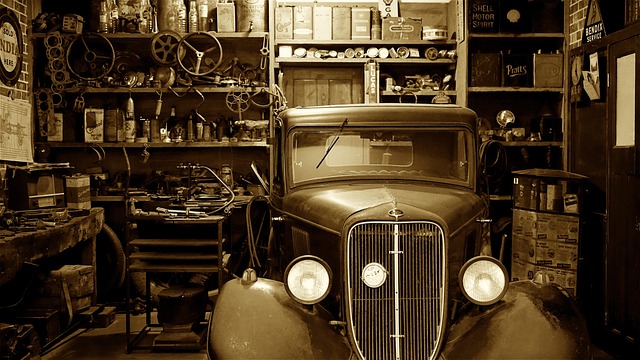
Heat damage is a common issue that arises during auto body repair, especially when working on complex vehicle structures. It occurs when excessive heat from welding, painting, or other repair processes raises the metal’s temperature beyond its yield point, causing it to deform, distort, or even melt. This can lead to unsightly warping, misalignment of panels, and, in severe cases, structural weaknesses that compromise the safety and integrity of the vehicle.
Understanding heat damage is crucial for car body shops and auto collision centers as they strive to deliver high-quality repairs. By employing advanced techniques such as controlled cooling methods, specialized heating equipment, and precise temperature monitoring, these facilities can minimize heat-related issues. This involves careful planning, adherence to best practices, and a deep understanding of the materials and processes involved in vehicle collision repair.
Strategies for Shops to Mitigate Heat Damage

To mitigate heat damage during auto body repair, shops employ several strategic measures. Firstly, they invest in high-quality, temperature-controlled environments to maintain consistent and optimal conditions throughout the repair process. This includes advanced heating and cooling systems that prevent sudden temperature fluctuations, which can cause warping or discoloration on vehicle parts.
Additionally, shops focus on meticulous auto detailing as a protective step. By thoroughly cleaning and preparing the affected areas, they minimize the risk of heat-related issues during subsequent repairs. Regular maintenance checks and using specialized coatings designed to withstand high temperatures during vehicle collision repair further enhance protection against heat damage, ensuring that repaired vehicles are safe and reliable on the road.
Best Practices and Future-Proofing Techniques
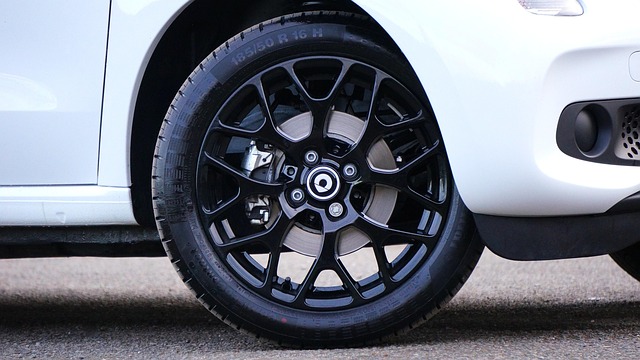
In the realm of auto body repair, preventing heat damage is a delicate balance between skilled craftsmanship and implementing future-proofing techniques. The best practices for mitigating heat damage involve meticulous preparation and control throughout the repair process. This includes using specialized equipment to maintain consistent temperature levels during repairs, especially when dealing with sensitive materials like plastic and certain types of metal. Auto body shops also employ advanced cooling methods and temperature-controlled environments to safeguard against sudden thermal shifts that can cause warping or discoloration.
Future-proofing techniques take this a step further by integrating innovative solutions tailored for modern vehicles. For instance, utilizing heat-resistant adhesives and coatings can offer enhanced protection against heat damage during dent repair or painting processes. Advanced training in the latest vehicle manufacturing technologies ensures auto body shop technicians are equipped to handle complex components that may be more susceptible to heat-related issues. Additionally, staying updated on industry standards and adopting best practices for vehicle dent repair and overall auto body shop operations can significantly reduce the risk of future heat damage.
In light of the above, it’s clear that preventing heat damage during auto body repair is paramount for shop longevity and customer satisfaction. By implementing strategies such as controlled temperature environments, advanced cooling systems, and future-proofing techniques, shops can significantly mitigate heat damage risks. Understanding and adhering to best practices ensures not only the preservation of vehicles’ structural integrity but also fosters a reputation for excellence in the face of ever-evolving automotive repair challenges, specifically related to heat damage auto body repair.
